I have been based in Rwanda for the last four years and have had the pleasure of photographing many different primate species in their natural habitat across the region. I have also had the privilege of documenting and supporting the work of international conservation organisations working to protect these amazing creatures. From Mountain Gorillas and Golden Monkeys in northern Rwanda, Chimpanzees and Colobus Monkeys in western Rwanda, through to Eastern Lowland Gorillas and more Chimpanzees in eastern DRC.
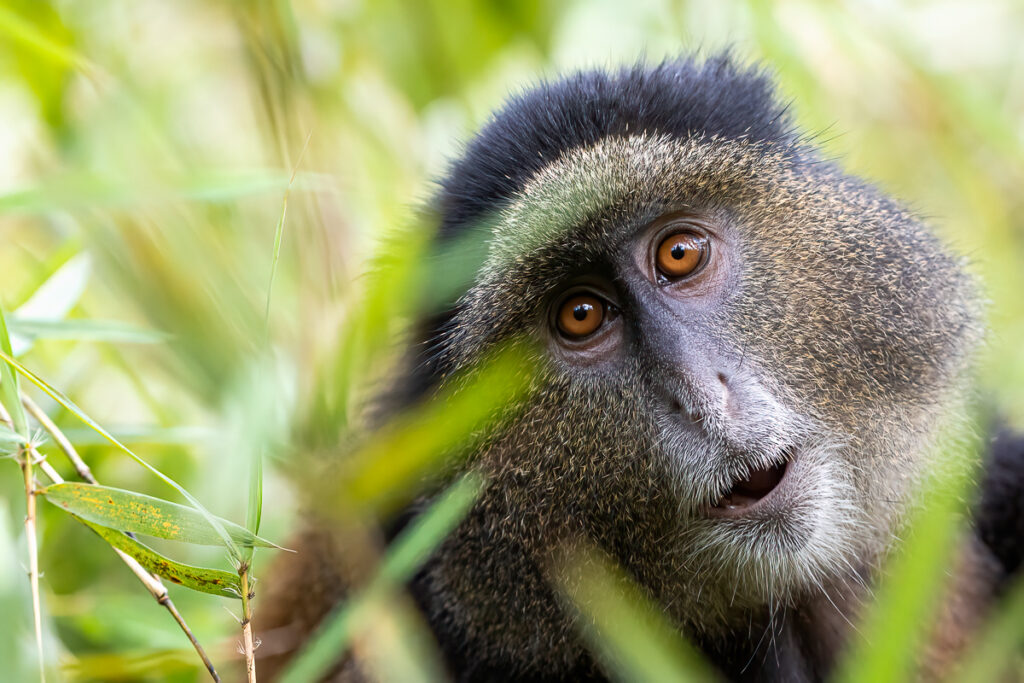
Photographing primates in the lush rainforests and on the steep volcanic slopes of Central Africa is a deeply rewarding challenge, and because of my experience I have been asked on numerous occasions about which lenses I prefer, what camera settings I use, as well as the photographic challenges I have faced and overcome. Over years of working in these habitats, I’ve gathered tips to help you make the most of your time in the forest, no matter the conditions.
Prior research of your ‘target species’ is critical to understanding the subject you will be photographing; each species has unique behaviours and prefers different habitats. Understanding this will influence the style and type of images you will be able to create. For example, Mountain Gorillas spend a lot of their time on the ground and often in clearings, providing opportunities for well-lit portraits. Eastern Lowland Gorillas on the other hand spend more time up in the tree canopy or on the ground in dense vegetation. Whereas, Chimpanzees and monkeys are usually more active and often higher in the canopy, demanding quicker reflexes, a longer focal length, and different framing.
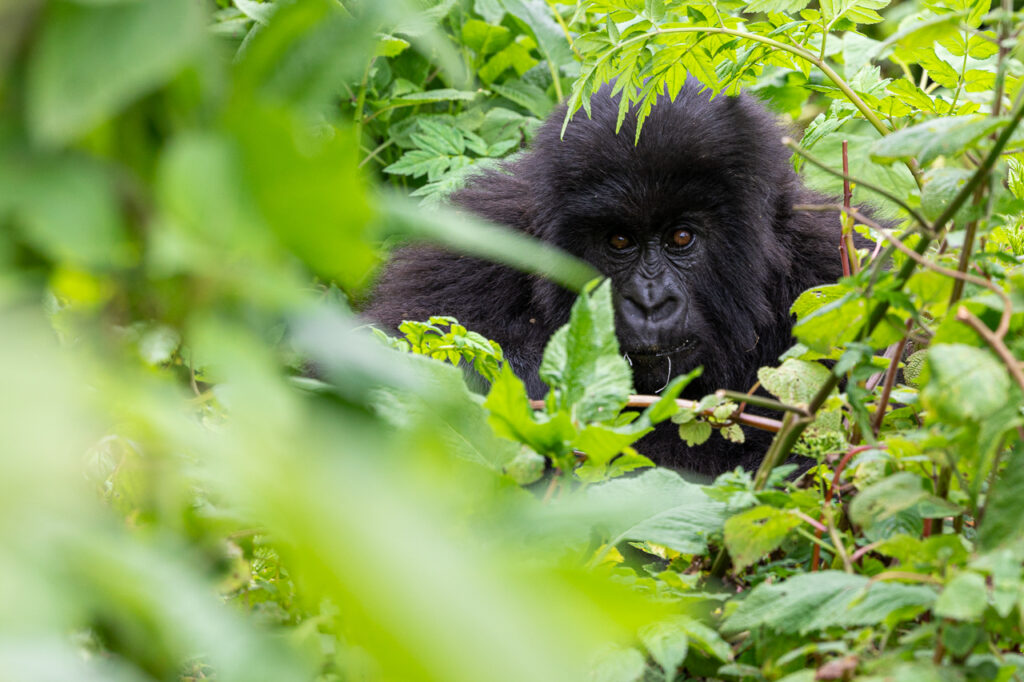
The golden rule of my photography, is that no matter the subject or location, my aim is to minimise the impact my presence has on the subject and their habitat. Remember you are in their home. Always follow the guidance from the trackers and guides, they spend so much of their time with the primates that they understand them in a way we never can. Many primates are habituated to human presence, but maintaining a safe distance is crucial for their well-being and ours. Remember to make the most of your guides and trackers wealth of knowledge and experience, ask them questions about the primates you are going to visit and what you can expect to expect to see, as far as the group’s daily routine, their composition and social dynamics.
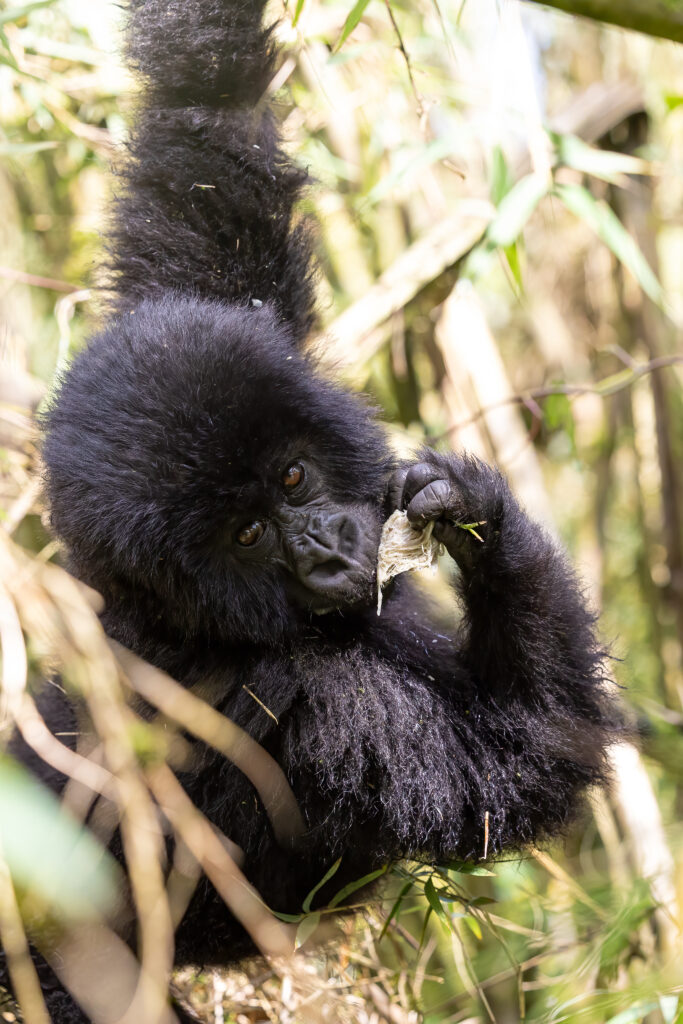
Weather conditions can and will often change, sometimes quickly – so be prepared! Instead of fighting against it, use it to your advantage. Mist and rain can add both context and atmosphere to your images. You will also see your subject’s behaviour change as the weather changes. Even on sunny days, photographing in rainforest can be challenging because of the lack of direct light getting through the dense canopy, the amount of light hitting your subject will also continue to shift as your subject moves. The lack of light also creates lots of dark shadows. Whilst it can be a challenge, with patience, the correct lens, and camera settings you can create stunning images.
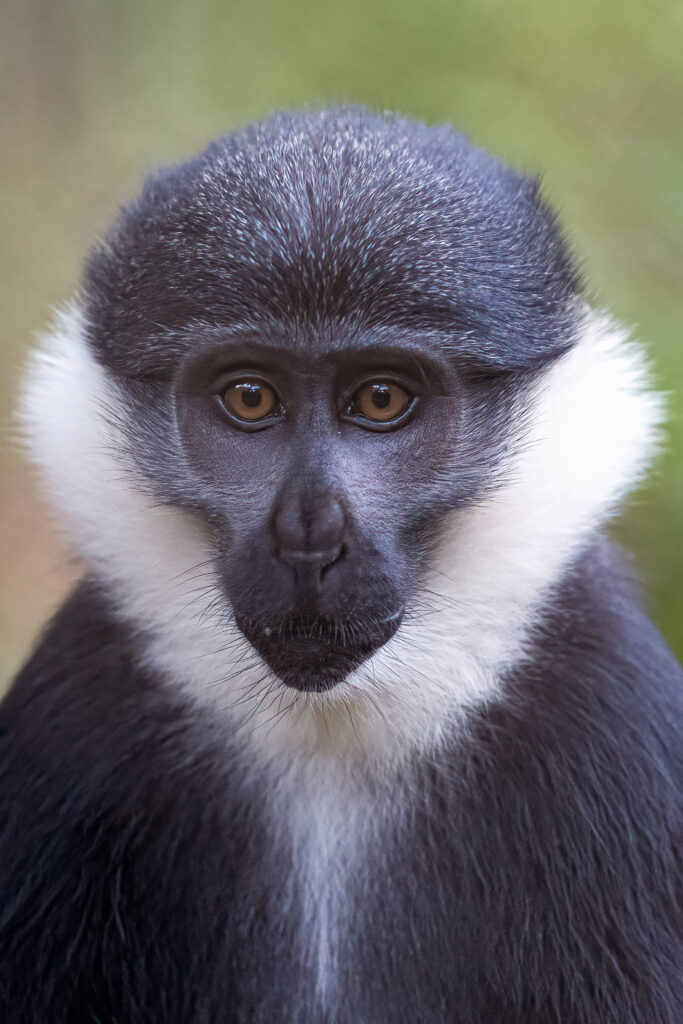
Patience is key, observe your subject’s behaviour before taking your first photograph – try to anticipate movement as it can lead to better images. By doing so you will be able to compose your images more carefully and get the framing right in-camera, making the most of the available light and shadows. Focus on expressive movements like eye contact, and social behaviours like play, feeding, and grooming. These images can reveal intimate social bonds. I try and find unique angles and perspectives to photograph from, don’t just stand to shoot – sit, kneel, even try laying down! I also look for natural vegetation to frame my portraits – critical when you’re in the dense understorey of a rain forest! Whilst spending time with a family of Eastern Lowland Gorillas I watched a young member of the group as they foraged for food on the ground, then slowly they made their way up into the canopy of a close-by tree. I lost sight of them in the thick foliage and thought that was it, but after a few minutes they reappeared on an exposed branch. They sat grooming for a while before stretching out and laying along a thick branch. Feet wrapped around a moss-covered vine they turned to look at me whilst scratching their armpit – the perfect composition after over half an hour of watching.
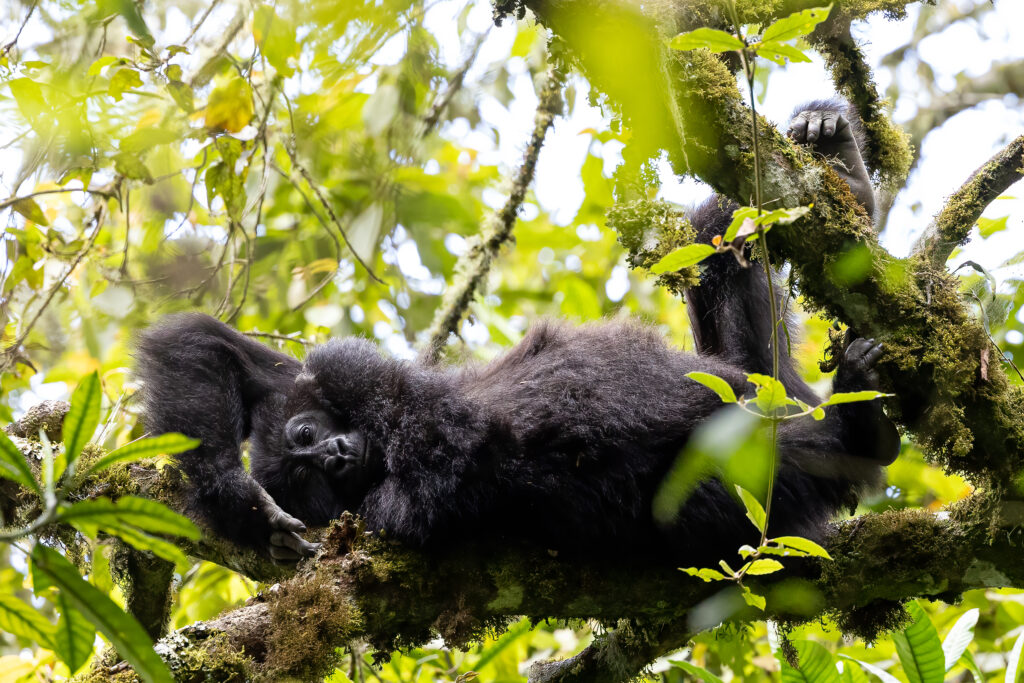
Camera settings – I shoot in manual mode with AUTO ISO. By doing so, I am in control of the creative elements of each exposure – the size of aperture and the speed of shutter, whilst the camera alters the ISO to account for the continuously changing light. My ‘go to’ camera settings for trekking primates – which I enter before I even start trekking – are as follows, shutter speed is set to 1/250 of a second and my aperture is f/2.8, which is the lowest setting of my preferred lenses. Before reaching the primates, I will take a few test images to check and adjust my shutter speed. If the light allows I can then increase the shutter speed or adjust the aperture, which will depend on the image I am trying to create; a close in portrait and I’ll increase the shutter speed, but for a wider environmental group image I will alter the aperture for a wider depth of field. I utilise the exposure compensation function to create different styles of photographs and brighten any dark exposures, as it’s better to reduce the exposure in post-processing than lighten. Exposure compensation is also helpful when creating high-key and low-key images. When working under a dense canopy, even with my shutter speed at 1/250 and aperture at f/2.8 the ISO will often go above 20,000! However, with recent advances in camera technology and noise reduction software I am still able to create workable images. It is worth remembering when we are working with an aperture of f/2.8, the depth of field is shallow, so our focus has to be spot on to get sharp images.
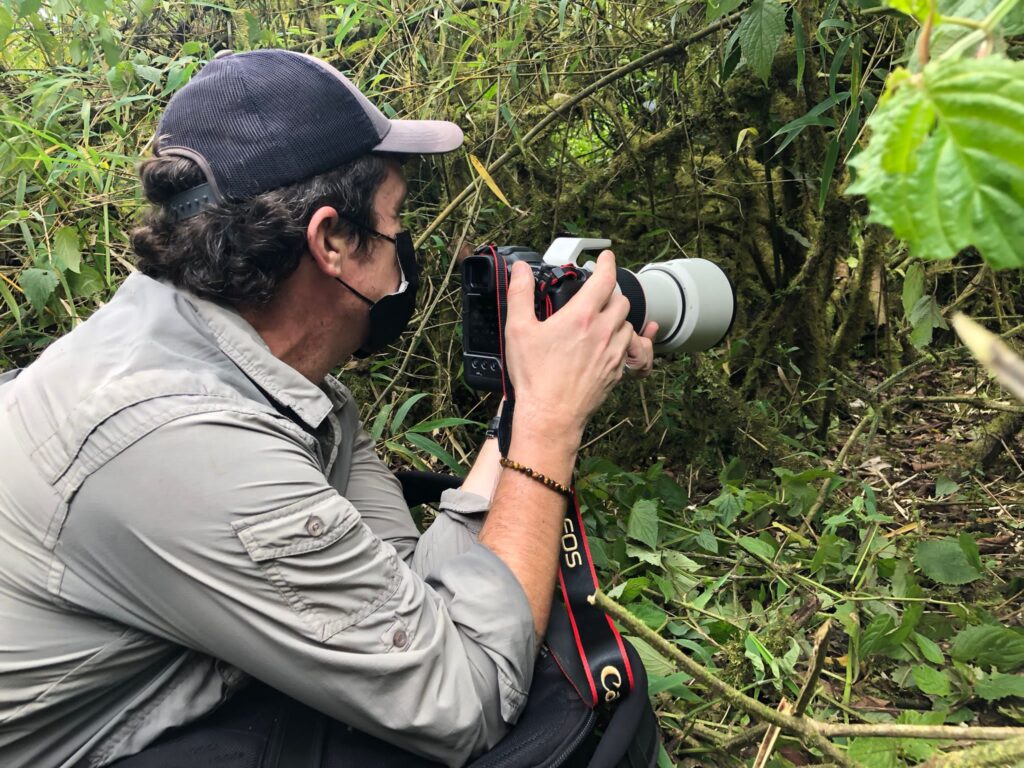
I will usually take two lenses to photograph primates, a 70-200mm f/2.8 lens is my primary lens. My second lens is a 24-70mm f/2.8 lens which I use for wider environmental portraits. Working in low and unpredictable lighting situations in the forest means the wide aperture of these two ‘fast’ lenses are crucial, as they allow more light to reach the camera’s sensor. I have also sometimes taken my f/4 200-400mm lens, as it gives me more reach when the primates are high in the canopy and at some distance away.
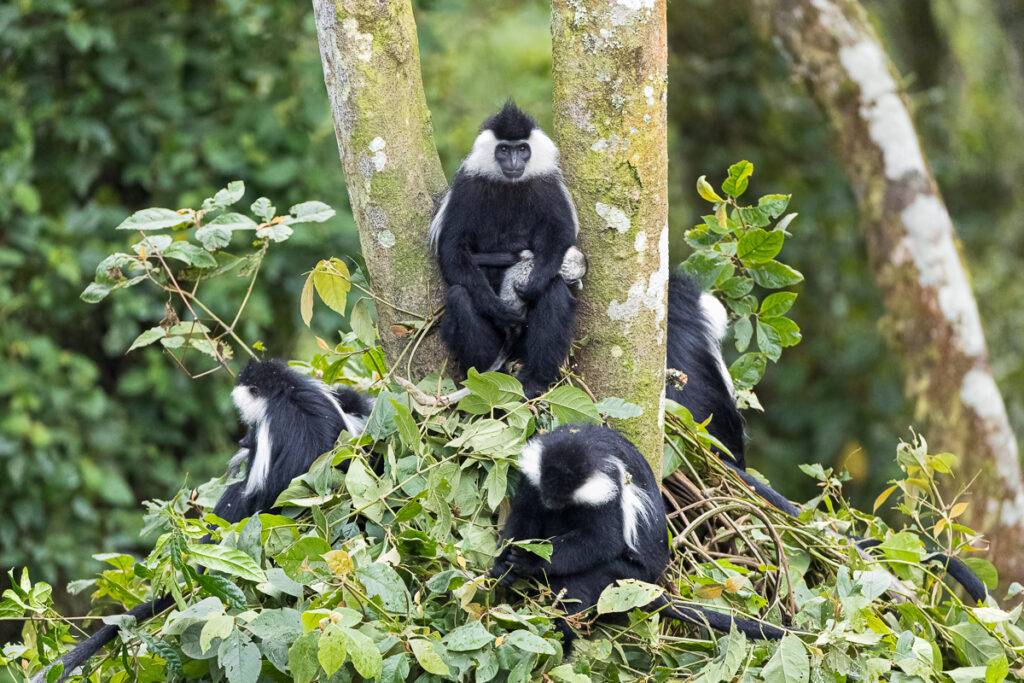
For me wildlife photography goes beyond creating images – it’s about connecting with nature on its own terms. With patience, preparation, and respect for your surroundings, you’ll come away not just with stunning images, but with memories that last a lifetime.
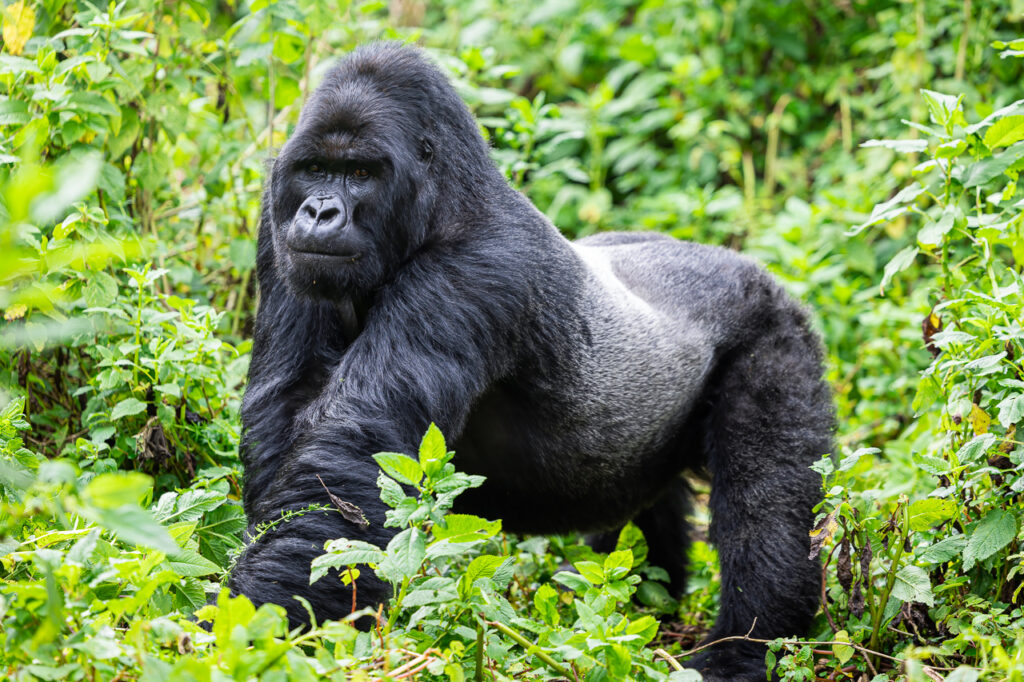

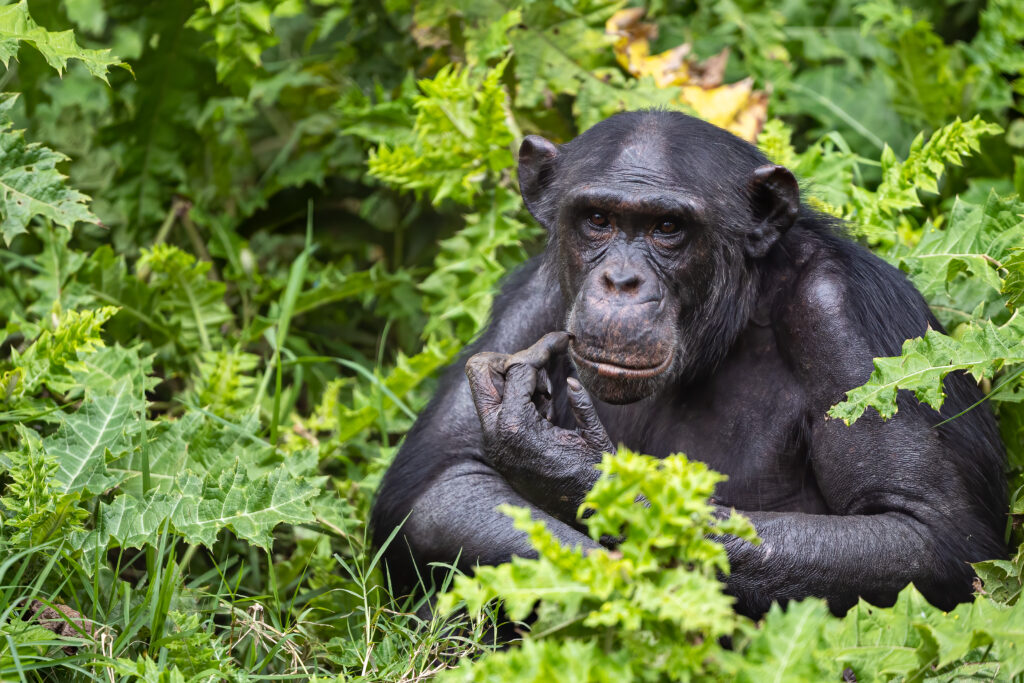
Lots of good information there Will, that picture of the L’ hoest
Monkey was superb x
I’m sharing this with my son who has only been into wildlife photography in a big way the last few years! Lots of great info for a newbie like me!!
Excellent and so interesting as usual, Will!
Your pics are extraordinary.
I particularly love the look of the Golden Monkey, so lively, and your extraordinary photo of the Eastern Loland gorilla lying on the tree branch.
Thank you and bravo!